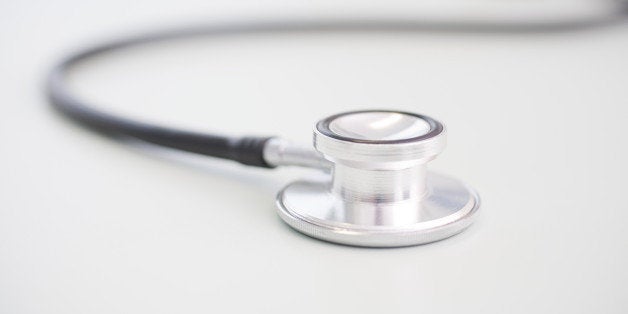
Sure, your doctor makes a point to wash hands before and after examining you. But have you ever wondered how often his or her stethoscope gets cleaned?
A new study in the journal Mayo Clinic Proceedings shows that the stethoscope can also be a source of bacterial contamination -- and some parts of the stethoscope can be even more contaminated than the back of a doctor's hand.
"By considering that stethoscopes are used repeatedly over the course of a day, come directly into contact with patients' skin, and may harbor several thousands of bacteria (including MRSA) collected during a previous physical examination, we consider them as potentially significant vectors of transmission," study researcher Dr. Didier Pittet, M.D., MS, who is the director of the Infection Control Program and WHO Collaborating Centre on Patient Safety at University of Geneva Hospitals, said in a statement. "From infection control and patient safety perspectives, the stethoscope should be regarded as an extension of the physician's hands and be disinfected after every patient contact."
The study involved looking at bacterial contamination on three doctors' hands and their stethoscopes after examining 71 patients; hands and stethoscopes were sterilized before coming into contact with the patients.
The researchers looked specifically at contamination of the tube and diaphragm (which is the metal piece at the end of the tube that comes into contact with the patient) of the stethoscope, as well as the fingertips, back, thenar (ball of the thumb) and hypothenar eminences (palm of the hand above the little finger) of the doctors' hands.
They found that the diaphragm of the stethoscope was more contaminated than all parts of the doctors' hands, with the exception of the fingertips. The tube of the stethoscope had more contamination than the back of the doctors' hand.
In addition, the more contaminated a doctor's hand, the more contaminated the stethoscope was. "This observation suggests that the patient's skin and immediate surrounds are the common denominators and determinants of both physicians' hands and stethoscope contamination," the researchers wrote in the study.
The researchers also pointed out that previous studies show that most doctors (70 to 90 percent) don't disinfect their stethoscopes after every patient contact.
"By considering that stethoscopes are used repeatedly over the course of a day, come directly into contact with patients' skin, and may harbor several thousands of bacteria (including MRSA) collected during a previous physical examination, we consider them as potentially significant vectors of transmission," the study said. "Thus, failing to disinfect stethoscopes could constitute a serious patient safety issue akin to omitting hand hygiene."